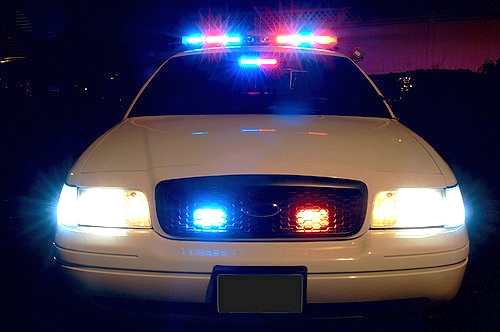On February 12, 2019 a Michigan State Police trooper was hit not once, but twice while stopped on southbound I-75 as he was attending to a disabled vehicle. The officer reported he had his lights on and was stopped in the left and center lanes. The officer was taken to the hospital with neck and back pains, according to a report by MLive.
Accidents like this are why Michigan and several other states have the Move Over Law. The Move Over Law, “requires motorists to slow down and move over for stationary emergency vehicles with their lights activated.” However, the growing trend of stopped emergency vehicles getting hit by an oncoming driver in the next lane has clearly caused many collisions resulting in injuries and fatalities, which may be why Michigan has expanded the Move Over Law.
The expanded Move Over Law, which went into effect on February 13, 2019, protects emergency vehicles such as, police, fire, ambulance, rescue, road service, road maintenance, utility service, solid waste hauler, and tow trucks.
Expanded Move Over Law
When approaching a stationary emergency vehicle with its emergency lights activated, carefully slow down to at least 10 mph below the posted speed limit and fully move over into an open lane.
If this is not possible due to traffic, weather, or road conditions, slow down to at least 10 mph below the posted speed limit, and pass with caution allowing the emergency vehicle as much space as possible.
Drivers who fail to move over or slow down for stopped emergency vehicles could end up with 2 points on their driver’s license and a fine of $400, according to the new law. Also, “a driver could face felony charges and face up to 15 years in prison and/or a $7,500 fine if the violation causes death to a police officer, firefighter, or other emergency response personnel.”
For the safety of everyone on the road, drivers should move over when they see a stationary emergency vehicle with its lights on. Why pay fines and risk points on a license, when obeying the law is as simple as changing lanes?!
Changing lanes can be a lot like playing a game of chess; drivers must consider all of the pieces, or in this case, other vehicles in play. One missed blind spot or emergency vehicle and it could be checkmate and a car crash can occur. And remember, in the real world, there are no pawns to sacrifice on the road; every piece is a queen. The Michigan Law Firm, PC represents victims who have been injured in serious car crashes. Call us at 844.4MI.Firm for a free legal consultation with a Michigan accident attorney.









